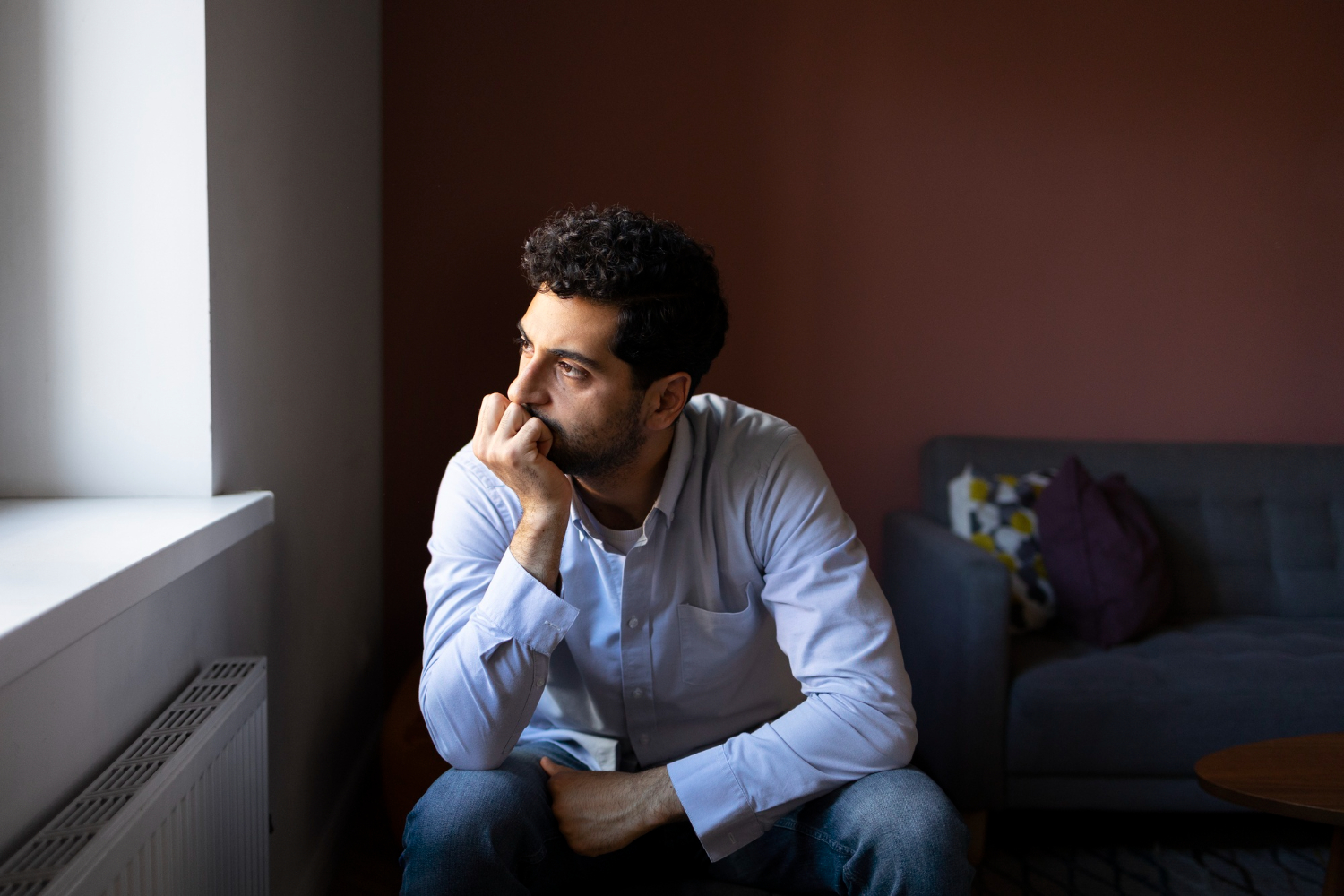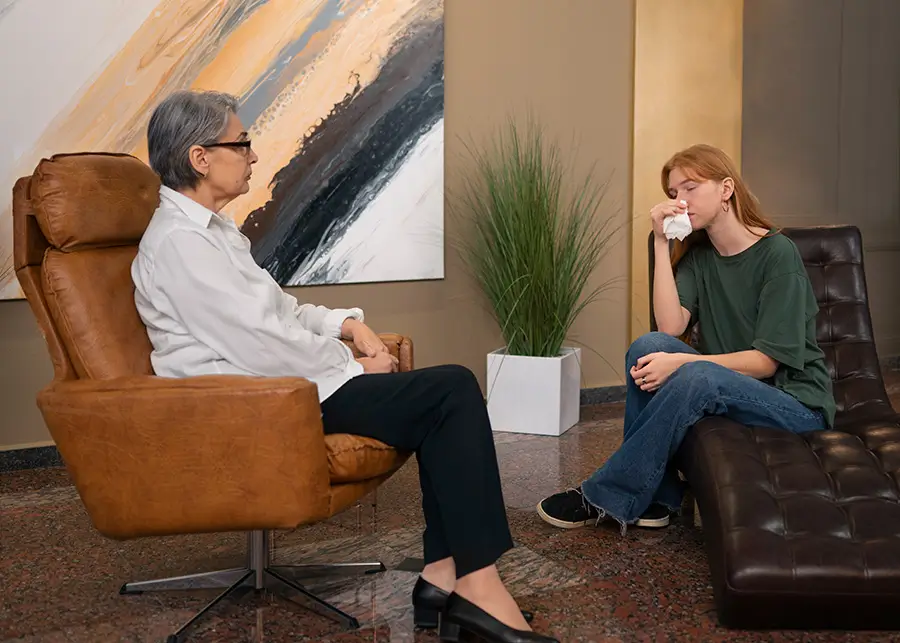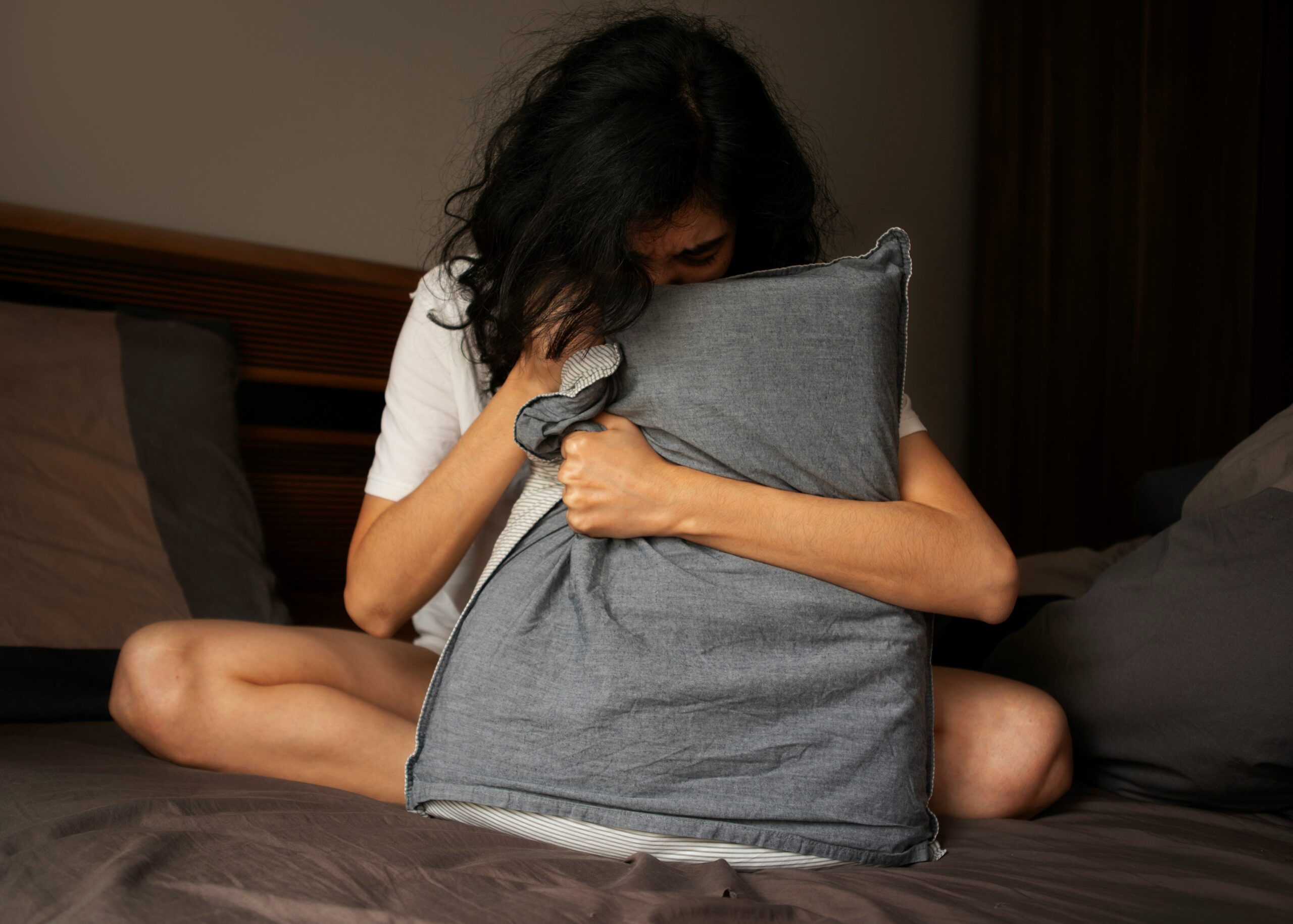Is your teenager grappling with anxiety, feeling overwhelmed, and seeking ways to cope? Anxiety is a natural part of life, something we all encounter at different times. However, when anxiety becomes overpowering, it can significantly impact a teenager’s life.
Adolescents often struggle with anxiety in various forms, and it can leave them feeling vulnerable and ill-equipped to face life’s challenges. Fortunately, there are effective coping skills that can empower them to manage their anxiety and regain a sense of control.
In this blog, we will explore some of the most potent anxiety coping skills for teens, incorporating the use of anxiety symbols and specialized worksheets tailored to their unique needs.
Anxiety doesn’t have to steal your loved one’s future!
What Is an Anxiety Symbol?
To aid in the process of comprehending and addressing anxiety, the concept of an “anxiety symbol” has emerged as a valuable tool.
Anxiety is a multifaceted emotion, often difficult to describe or express. It can manifest in a variety of ways, such as restlessness, tension, racing thoughts, and even physical symptoms like a rapid heartbeat or shallow breathing.
An anxiety symbol is typically a simple drawing, shape, or object chosen by the individual to represent their feelings of anxiety. It can be something as intricate as a mandala or as simple as a swirl of lines. The key is that it holds personal significance and effectively captures the essence of their anxiety.
The Significance of an Anxiety Symbol
Why is an anxiety symbol significant? The power of an anxiety symbol lies in its ability to externalize a complex internal emotion. It provides a concrete focal point for individuals to center their thoughts and emotions during moments of anxiety.
This symbol can serve as a reminder that anxiety is a temporary state, just like any other emotion, and that it can be managed and eventually overcome.
Creating Your Own Anxiety Symbol
The process of creating your own anxiety symbol can be a deeply personal and therapeutic exercise. It involves selecting an image, shape, or object that resonates with your feelings of anxiety.
Here are some steps to guide you through creating your anxiety symbol:
- Self-Reflection: Take some time to reflect on your anxiety and how it makes you feel. Consider the emotions, sensations, and thoughts associated with your anxiety.
- Choose a Symbol: Select an image, shape, or object that embodies these feelings. It could be something abstract or concrete – the choice is entirely yours.
- Personalize It: Customize your symbol to make it uniquely yours. You can add colors, patterns, or details that enhance its personal significance.
- Use It as a Tool: Whenever you feel anxiety creeping in, focus on your anxiety symbol. Allow it to be a source of strength and a reminder that you have the capacity to manage your anxiety.
Incorporating the Anxiety Symbol into Daily Life
Anxiety symbols can be particularly helpful for teenagers who may find it challenging to express their emotions verbally. By providing a tangible representation of their anxiety, they gain a tool that helps them navigate their feelings more effectively. These symbols can be incorporated into various aspects of daily life, such as:
- Mindfulness Practices: Using the symbol as a point of focus during mindfulness exercises, like meditation and deep breathing.
- Journaling: Incorporating the symbol into a worry journal or diary, allows for greater self-awareness and emotional management.
- Therapeutic Work: Utilizing the symbol in therapy sessions to discuss and address anxiety-related issues.
- School and Social Life: Sharing the concept of an anxiety symbol with teachers, friends, and family members can create a support network that understands and assists in managing anxiety.
The Physical and Mental Effects of Anxiety
Anxiety is not merely a mental experience; it can have profound physical effects on the body. When anxiety is triggered, it sets off the body’s “fight or flight” response, leading to a surge of adrenaline and other stress hormones. These physiological changes prepare the body to deal with a perceived threat, but they can also result in physical symptoms, including a sense of weakness.
The Physical Effects of Anxiety
- Muscle Tension: Anxiety can lead to the involuntary tensing of muscles, causing stiffness and discomfort. This tension can leave you feeling weak and fatigued, even if you haven’t engaged in any physical activity.
- Shallow Breathing: Anxiety often leads to rapid, shallow breathing. This can reduce oxygen intake, leaving you feeling light-headed and weak.
- Rapid Heart Rate: An accelerated heart rate is a common symptom of anxiety. This heightened cardiovascular activity can make you feel physically drained.
- Nausea and Digestive Distress: Anxiety can disrupt the digestive system, causing symptoms like nausea and stomach discomfort. These physical sensations can contribute to a feeling of weakness.
- Sweating: Increased perspiration is another physical reaction to anxiety. Excessive sweating can lead to dehydration, which, in turn, can result in weakness and fatigue.
The Mental Effects of Anxiety
In addition to the physical symptoms, anxiety can also have mental effects that contribute to the sensation of weakness:
- Racing Thoughts: Anxious thoughts can race through your mind, making it difficult to concentrate and leaving you feeling mentally drained.
- Difficulty Concentrating: The inability to focus due to anxiety can give the impression of mental weakness.
- Irrational Fears: Anxiety can magnify worries and fears, making them seem insurmountable, which can weaken your mental resilience.
- Feeling Overwhelmed: A sense of being overwhelmed by anxiety can lead to feelings of helplessness and vulnerability.
Coping with Anxiety-Induced Weakness
While anxiety can indeed make you feel weak, it’s essential to recognize that these sensations are temporary and can be managed. Here are some strategies to cope with anxiety-induced weakness:
- Deep Breathing: Practicing deep breathing exercises can help counteract shallow breathing and promote relaxation.
- Progressive Muscle Relaxation: This technique involves systematically tensing and then relaxing different muscle groups, which can help alleviate muscle tension and weakness.
- Mindfulness and Meditation: These practices can help you become more aware of the present moment, reducing the impact of racing thoughts and feelings of overwhelm.
- Professional Help: If anxiety is significantly impacting your life and well-being, consider seeking support from a therapist or counselor who specializes in anxiety.
- Lifestyle Changes: Maintaining a healthy lifestyle, including regular exercise, a balanced diet, and sufficient sleep, can help reduce the physical and mental effects of anxiety.
So, can anxiety make you feel weak? Absolutely. Anxiety can indeed induce physical and mental sensations of weakness due to the complex interplay between the mind and body during anxious moments. However, understanding this connection is the first step toward managing these sensations effectively.
Anxiety Worksheets for Teens
Are you a parent, teacher, or a teenager looking for effective ways to cope with anxiety? Have you ever considered using anxiety worksheets tailored for teens? If so, you’re in the right place. This is how we can help teens with anxiety.
Teenage years can be both exciting and challenging. Adolescents navigate a phase of life marked by personal growth, academic pressures, peer relationships, and self-discovery. However, this journey can also come with its fair share of stress and anxiety.
This is the reason it’s important to explore the importance of anxiety worksheets for teens, and how they can be a valuable resource for stress relief and mental wellness.
Anxiety worksheets are structured tools that provide teenagers with a framework for understanding, managing, and coping with their anxiety. These worksheets typically include various exercises, activities, and prompts that promote self-reflection and stress reduction. Let’s explore how these worksheets can contribute to a teenager’s mental wellness.
- Promoting Self-Reflection
Teenagers might struggle to articulate their feelings, but anxiety worksheets offer a structured way to delve into their emotions. Through thought-provoking questions and writing exercises, these worksheets help teens gain a better understanding of their anxiety’s origins and manifestations.
- Encouraging Self-Regulation
Many anxiety worksheets include exercises for self-regulation. Techniques such as deep breathing, mindfulness practices, and progressive muscle relaxation can help teens manage both the physical and emotional symptoms of anxiety. These practical coping mechanisms provide valuable tools for dealing with overwhelming feelings.
- Identifying Triggers
Anxiety worksheets guide teens in recognizing their anxiety triggers. Understanding specific situations, people, or thoughts that lead to anxiety is a crucial step in developing strategies to manage these triggers effectively.
- Creating a Worry Journal
Keeping a worry journal is a common practice in anxiety worksheets. This tool allows teenagers to record their worries and anxieties, which, in turn, helps them identify patterns and gain insight into their thought processes. A worry journal can be a powerful tool for self-awareness and self-improvement.
- Setting Achievable Goals
Anxiety worksheets often include exercises that encourage teens to set realistic and attainable goals for managing their anxiety. This empowers them to take proactive steps to reduce anxiety and improve their mental well-being.
Anxiety worksheets for teens are valuable tools that empower adolescents to manage their anxiety, gain self-awareness, and develop effective coping strategies. By providing a safe and constructive way for teenagers to express their emotions and work through their anxiety, these worksheets play a vital role in promoting their mental well-being.
Your Path to Recovery Begins Here
The Bottom Line:
Anxiety is a challenging emotion to navigate, especially for teenagers who are still learning to understand their feelings and reactions. Using tools like anxiety symbols, worksheets, and mindfulness techniques can empower them to manage their anxiety effectively. Remember that everyone’s experience with anxiety is unique, so encouraging your teen to explore different coping strategies, and seeking professional help when necessary is a proactive step towards addressing and managing anxiety effectively. By doing so, they can build resilience and develop essential life skills to manage anxiety and face life’s challenges with confidence. Join us with the anxiety coping skills center and make your life easy.









